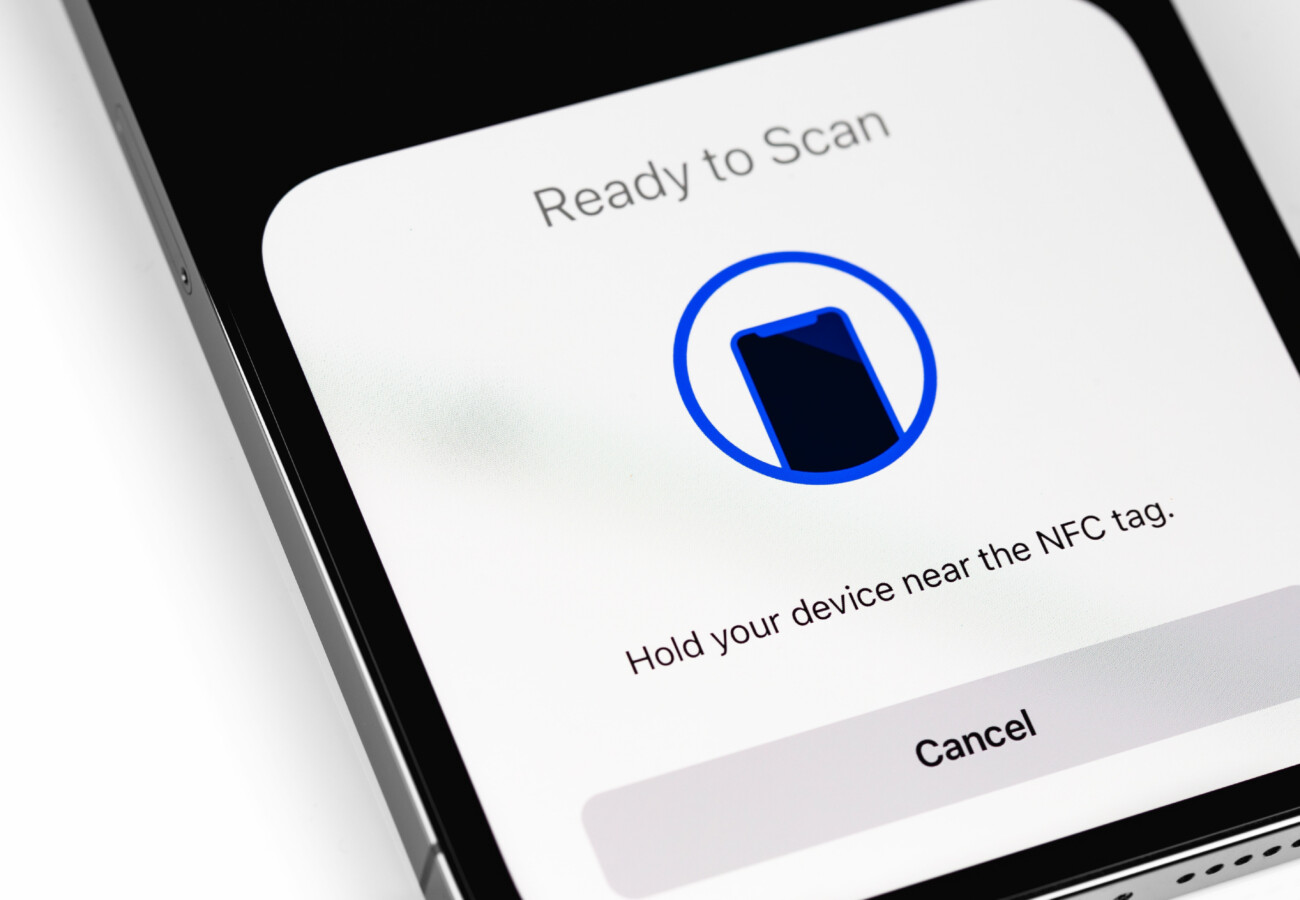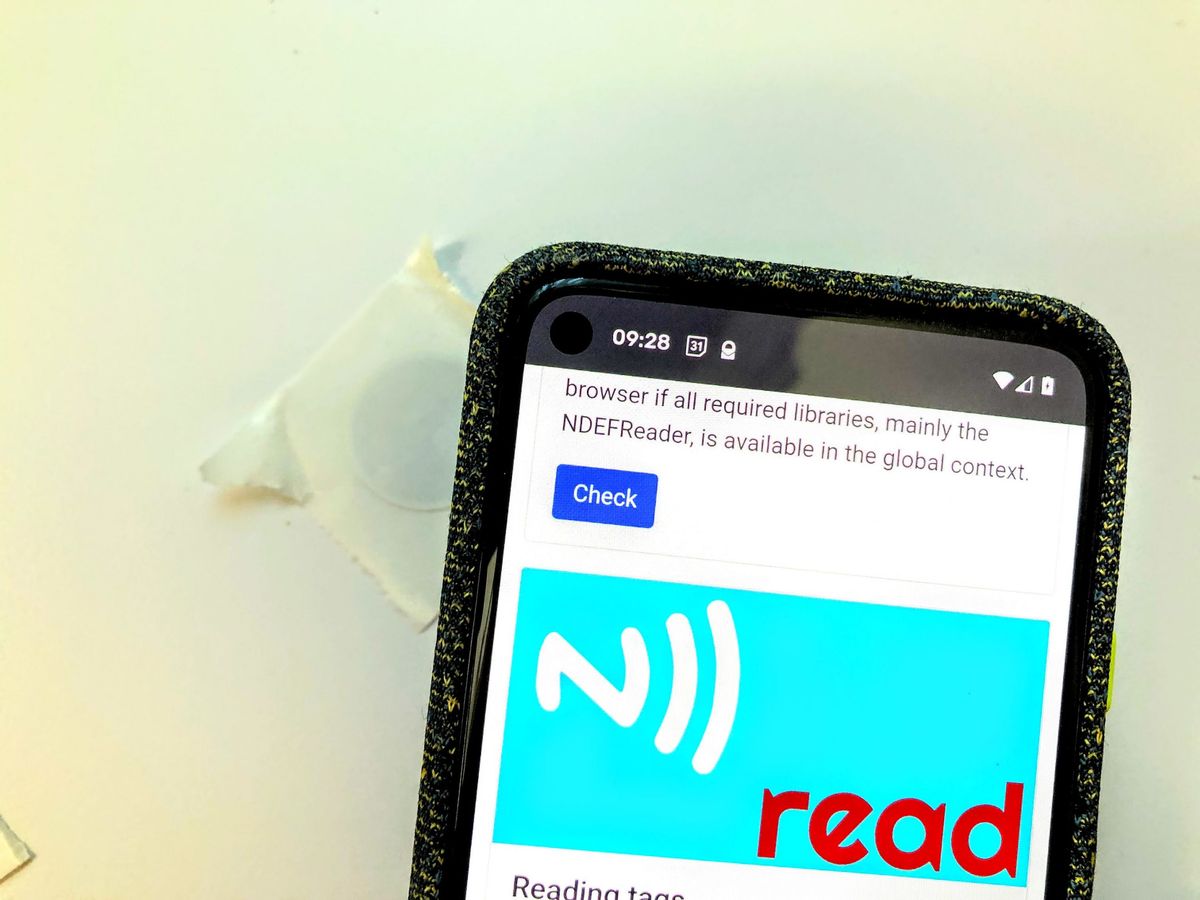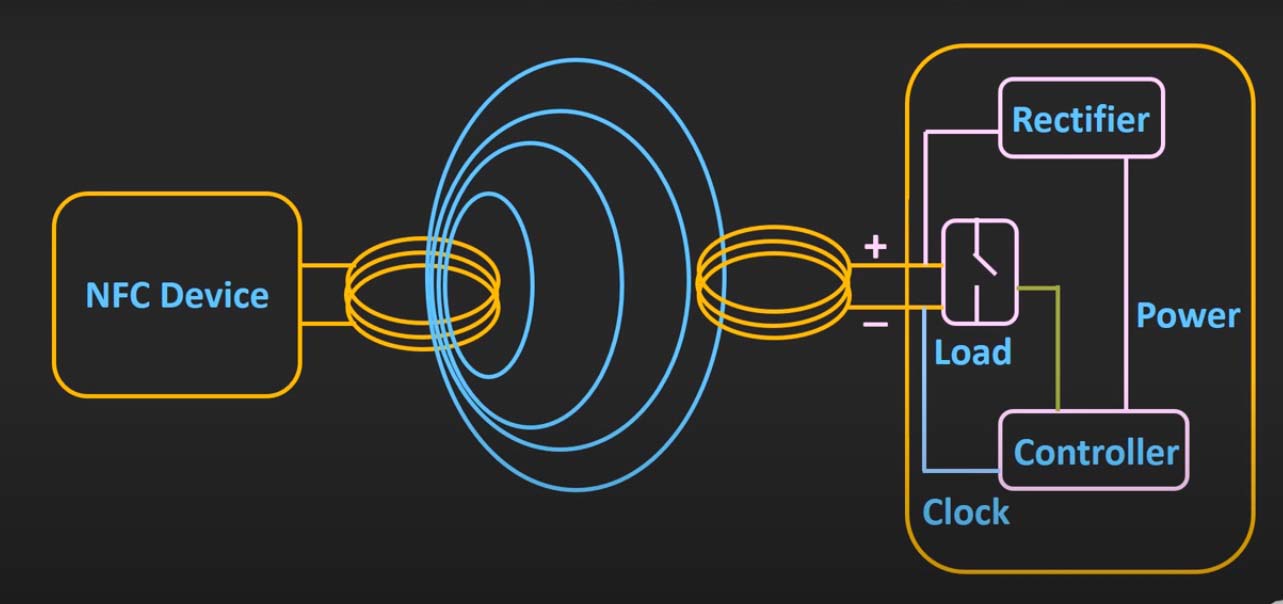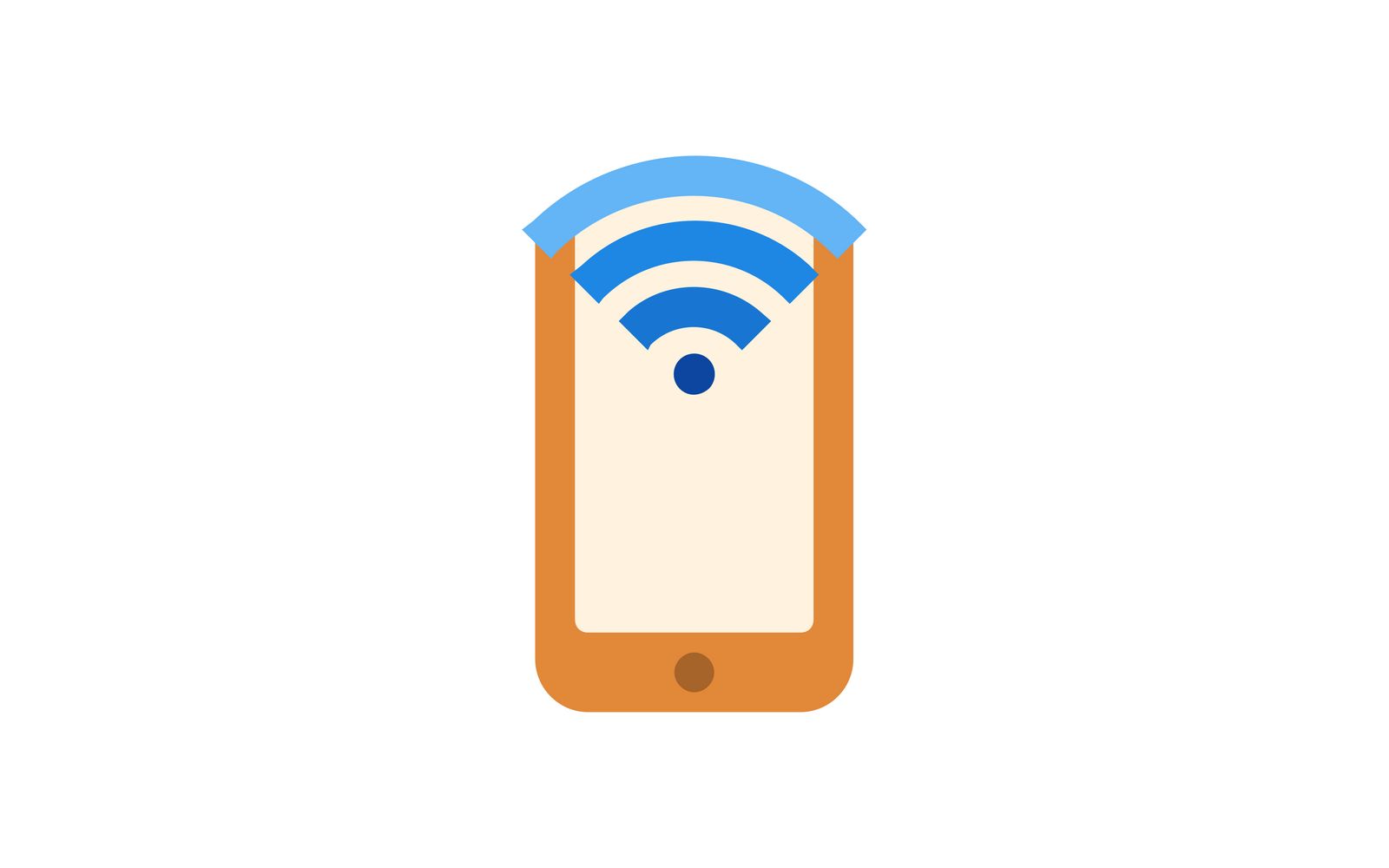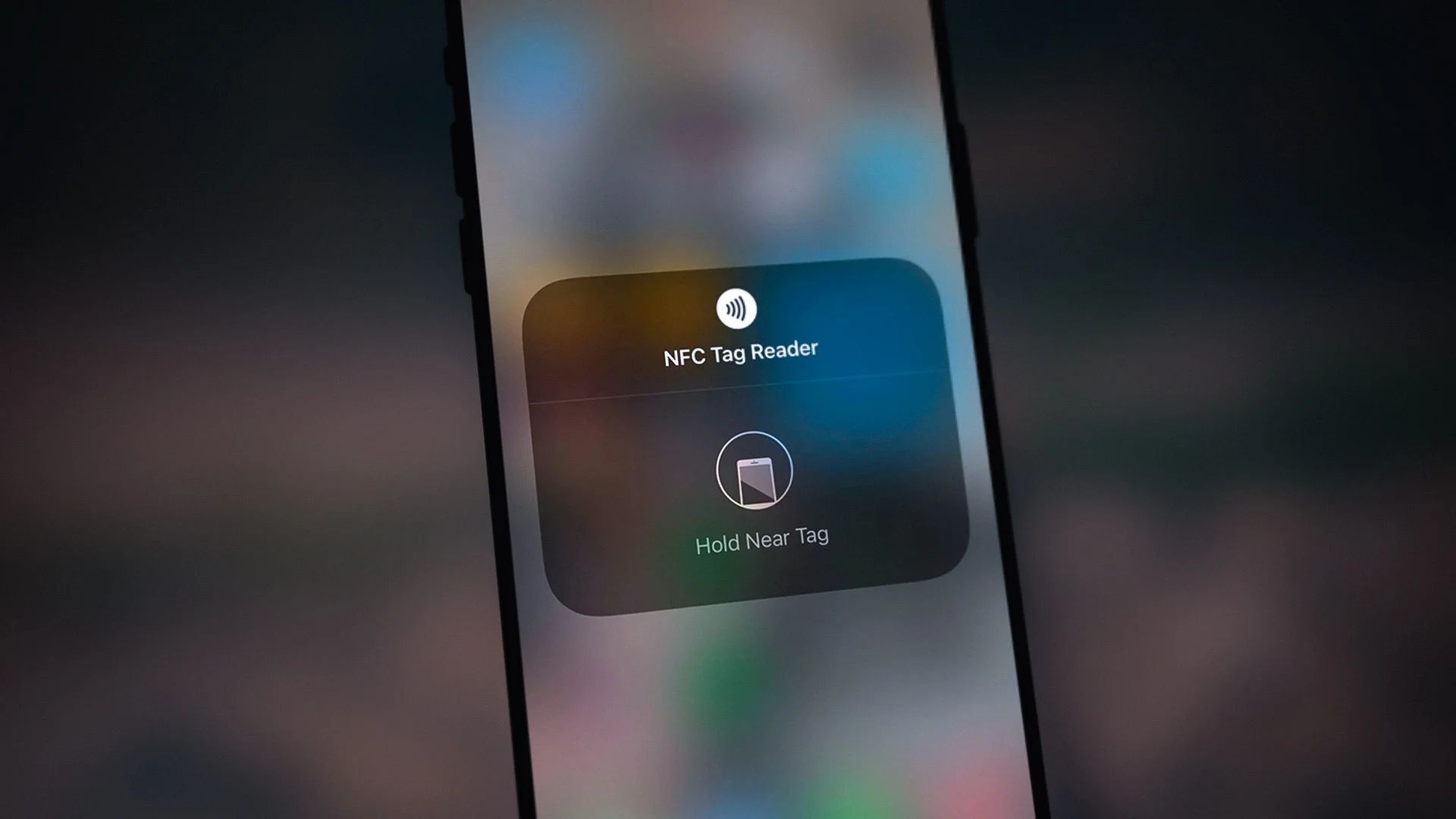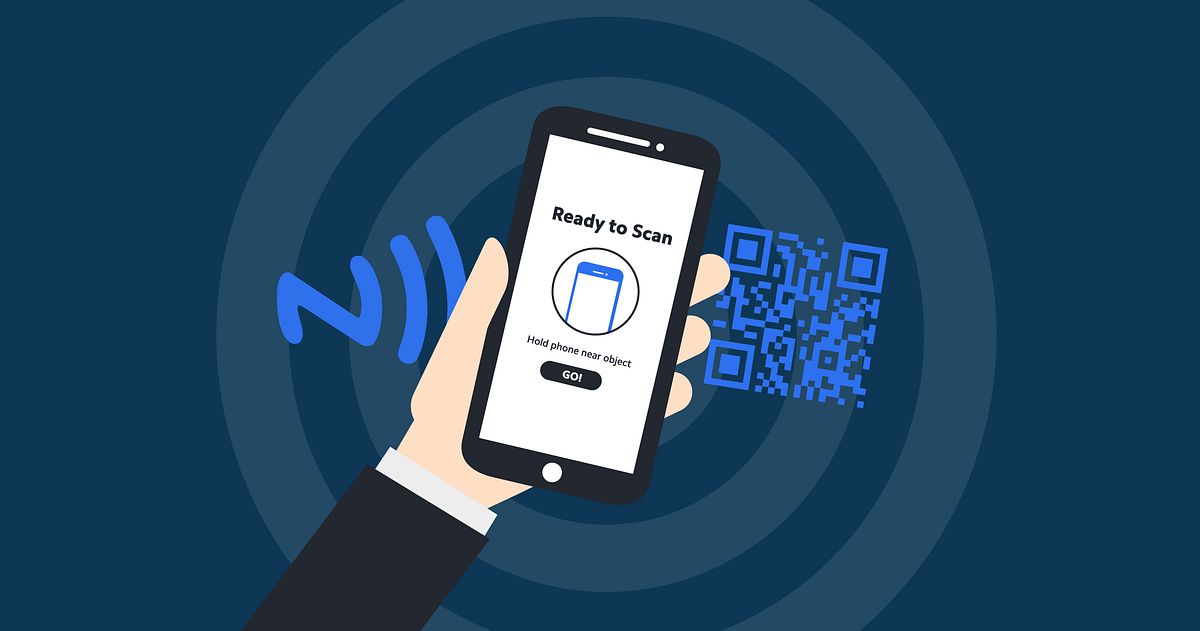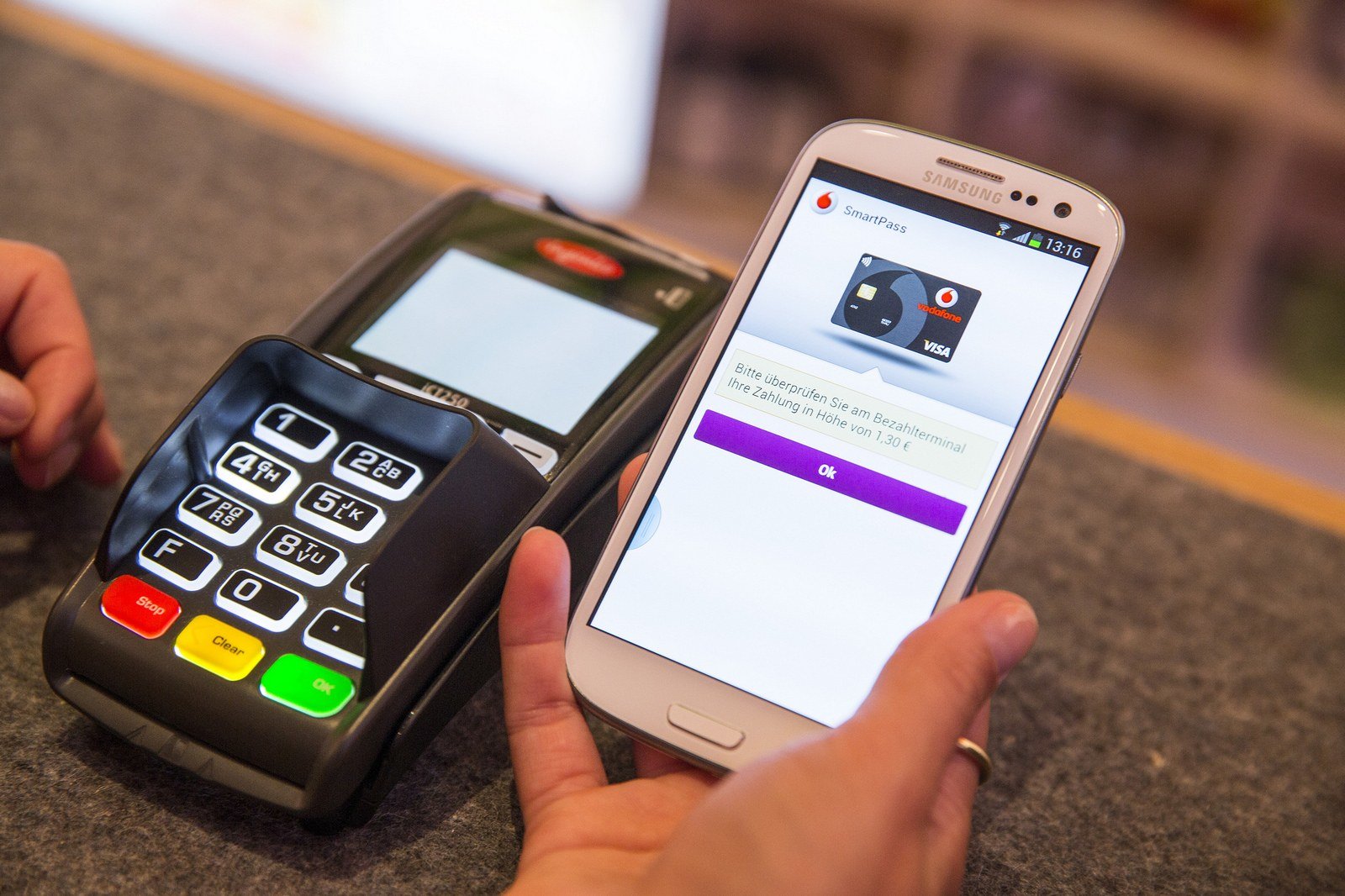Introduction
In our increasingly connected world, technology continues to evolve, making our lives easier and more convenient. One of the advancements that has gained significant attention is Near Field Communication (NFC). NFC is a wireless communication technology that allows devices to exchange information over short distances. It has become a popular feature in smartphones, tablets, and other electronic devices, enabling seamless and secure interactions.
NFC technology has revolutionized various aspects of our daily lives, from making payments and transferring data to accessing transportation systems and exchanging contact information. Whether you realize it or not, NFC is likely already integrated into your device and is waiting to be utilized.
In this article, we will explore what NFC is, how it works, its applications, and its benefits. We will also discuss how NFC compares to other wireless technologies, as well as the security and privacy concerns associated with its usage. By the end of this article, you will have a comprehensive understanding of NFC and its impact on our connected world.
What is NFC?
Near Field Communication (NFC) is a wireless communication technology that allows devices to establish communication by bringing them close together, usually within a few centimeters. It is a subset of Radio Frequency Identification (RFID) technology, which is commonly used for contactless payments, access control, and identification purposes.
NFC operates on the principle of electromagnetic induction, which enables the exchange of data between two NFC-enabled devices, such as smartphones, tablets, or even credit cards. Unlike Bluetooth or Wi-Fi, which require device pairing or network setup, NFC offers a simple and quick way to establish a connection between devices.
NFC technology relies on two fundamental components: NFC tags and NFC readers. NFC tags operate similarly to QR codes, containing information that can be read by NFC-enabled devices. These tags can be embedded in posters, product packaging, or even stickers. On the other hand, NFC readers are configured on devices capable of reading NFC tags and communicating with other NFC-enabled devices.
The main advantage of NFC is its ease of use. To initiate an NFC connection, all you need to do is bring the devices close together, and the connection is established automatically. This makes NFC a convenient technology for various applications, such as mobile payments, data transfer, access control systems, and public transportation ticketing.
NFC technology is powered by the concept of contactless communication, making it suitable for quick and secure transactions. It operates on a frequency of 13.56 MHz and supports communication speeds of up to 424 Kbps. This speed is sufficient for most NFC applications, ensuring fast and efficient data transfer between devices.
In the next sections, we will delve deeper into how NFC works, explore its applications, discuss the benefits it offers, compare it to other wireless technologies, and address any security and privacy concerns associated with its usage. By gaining a comprehensive understanding of NFC, we can fully grasp its potential and the impact it has on our daily lives.
How does NFC work?
Near Field Communication (NFC) technology operates based on the principles of electromagnetic induction and radio frequency identification (RFID). It allows for the exchange of data between NFC-enabled devices, such as smartphones or tablets, when these devices are brought within close proximity to each other.
NFC works by using electromagnetic fields to establish communication between devices—typically an NFC reader and an NFC tag. An NFC tag is a small microchip embedded in various objects, such as posters, stickers, or product packaging. When an NFC-enabled device gets close to the NFC tag, the electromagnetic field from the device induces a current in the tag, which powers it up. The NFC tag then sends the stored information back to the device, completing the communication process.
There are three modes of communication in NFC: reader/writer mode, peer-to-peer mode, and card emulation mode.
- Reader/Writer Mode: In this mode, an NFC-enabled device, such as a smartphone, acts as a reader. It can interact with NFC tags by reading information stored on the tags. This mode is commonly used for various purposes, including mobile payments, accessing digital content, and initiating actions like launching apps or connecting to Wi-Fi networks.
- Peer-to-Peer Mode: In this mode, two NFC-enabled devices can communicate with each other by exchanging data bidirectionally. This mode enables convenient and fast sharing of information, such as contact details, photos, or documents. It is also used for applications like mobile ticketing, gaming, and device pairing.
- Card Emulation Mode: In this mode, an NFC-enabled device can emulate a contactless smart card, such as a credit card or a transit card. This allows users to make mobile payments by tapping their devices on NFC-equipped payment terminals. It is a secure and convenient alternative to carrying physical cards.
NFC technology operates on a frequency of 13.56 MHz, which enables short-range communication within a maximum distance of a few centimeters. This limited range ensures that communication remains secure and avoids interference from nearby NFC devices.
NFC technology is supported by a wide range of devices, including smartphones, tablets, smartwatches, and even some laptops. Most modern Android and iOS devices come with built-in NFC capabilities, allowing users to take advantage of this technology in various applications.
In the following sections, we will explore the diverse applications of NFC, discuss the benefits it offers, compare it to other wireless technologies, and address security and privacy concerns. By understanding how NFC works, we can fully appreciate its potential and its impact on enhancing our daily interactions with technology.
Applications of NFC
Near Field Communication (NFC) technology has a wide range of applications that have transformed various industries and enhanced everyday experiences. Let’s explore some of the key areas where NFC is used:
- Contactless Payments: NFC-enabled mobile wallets, such as Apple Pay and Google Pay, have revolutionized the way we make payments. By simply tapping or bringing your smartphone close to an NFC-enabled payment terminal, you can securely complete transactions without the need for physical cards or cash.
- Access Control and Keyless Entry: NFC technology is commonly used for access control systems and keyless entry. By using NFC-enabled access cards or smartphones, employees can easily gain entry to secure areas or unlock doors by tapping on NFC readers.
- Public Transport Ticketing: NFC plays a pivotal role in modernizing public transportation systems. With NFC-enabled smart cards or smartphones, passengers can simply tap their devices on validators to pay for fares, eliminating the need for paper tickets and reducing waiting times at ticket booths.
- Information Sharing: NFC tags embedded in posters, product packaging, museum exhibits, or business cards allow users to instantly access additional information by tapping their NFC-enabled devices. This enables businesses to provide interactive experiences and deliver relevant content to customers.
- Social Media Connectivity: NFC-enabled devices can streamline social media interactions. By tapping an NFC tag or device on designated points, users can easily follow social media accounts, check-in at locations, or even share content with others.
- Smart Home Integration: NFC technology is increasingly being integrated into smart home devices, allowing users to control lights, thermostats, security systems, and more by simply tapping their NFC-enabled smartphones or wearable devices on designated spots.
- Healthcare and Relationship Management: NFC-enabled wristbands or devices can store vital medical information, making it easily accessible for healthcare professionals in emergency situations. Additionally, NFC technology can be used for loyalty programs, enabling customers to collect and redeem rewards with a simple tap.
These are just a few examples of the many applications of NFC. The versatility and ease of use of NFC technology make it a valuable tool for enhancing convenience, security, and efficiency across various industries and daily activities.
In the following sections, we will explore the benefits of using NFC, compare it to other wireless technologies, and discuss potential security and privacy concerns. By understanding the significance of NFC in our digital world, we can fully appreciate its role in simplifying and enhancing our lives.
Benefits of using NFC
Near Field Communication (NFC) technology offers a multitude of benefits that have made it a popular choice for various applications. Let’s explore some of the key advantages of using NFC:
- Convenience: NFC provides a fast and effortless way to transmit information and initiate actions. With a simple tap or bringing devices close together, users can perform tasks such as making payments, accessing digital content, transferring data, and more, all without the need for complex setup processes.
- Security: NFC incorporates various security measures to protect users’ information and transactions. The short-range nature of NFC communication ensures that data exchanges are limited to close proximity, reducing the risk of unauthorized access. Additionally, NFC supports encryption and authentication protocols that enhance the security of transactions, making it a reliable choice for contactless payments and access control systems.
- Compatibility: NFC technology is supported by a wide range of devices, including smartphones, tablets, smartwatches, and even some laptops. This widespread compatibility makes it accessible to a large user base and enables seamless interactions between different devices and platforms.
- Speed: NFC communication is quick and efficient, allowing for fast data transfer and transaction processing. This speed is particularly advantageous in scenarios such as contactless payments, where reducing transaction times is crucial to provide a seamless experience for customers and improve overall efficiency.
- Versatility: NFC technology can be applied to various use cases across different industries. From mobile payments and transportation ticketing to access control systems and information sharing, the versatility of NFC makes it a flexible solution that can adapt to the needs of diverse applications.
- Cost-effectiveness: Compared to other wireless technologies, NFC implementation is relatively cost-effective. NFC-enabled devices are increasingly becoming standard in the market, reducing the need for additional hardware investments. Additionally, NFC tags are affordable and can be integrated into various objects, making it an accessible technology for businesses and individuals alike.
These benefits highlight the advantages of NFC technology in terms of ease of use, security, compatibility, speed, versatility, and cost-effectiveness. As a result, NFC has become a popular choice for numerous applications, improving efficiency, and enhancing user experiences across various industries.
In the following sections, we will compare NFC to other wireless technologies, discuss security and privacy concerns associated with NFC usage, and provide insights into the future of NFC technology. By understanding the benefits of NFC, we can fully appreciate its potential and make informed decisions about its usage in our personal and professional lives.
NFC vs Other Wireless Technologies
Near Field Communication (NFC) technology has its own unique characteristics and advantages that set it apart from other wireless technologies. Let’s compare NFC with two of the most widely known wireless communication technologies: Bluetooth and Wi-Fi.
NFC vs Bluetooth:
Bluetooth is a popular wireless technology used for connecting devices such as smartphones, headphones, and speakers. While both NFC and Bluetooth enable device-to-device communication, there are some key differences between them. NFC has a shorter range, typically limited to a few centimeters, whereas Bluetooth has a range of up to 100 meters. This makes NFC ideal for quick interactions in close proximity, while Bluetooth offers the advantage of longer-range connectivity. Additionally, pairing Bluetooth devices usually requires a setup process, while establishing an NFC connection is as simple as bringing the devices close to each other.
NFC vs Wi-Fi:
Wi-Fi is a widely used wireless technology for connecting devices to local networks and accessing the internet. While NFC and Wi-Fi both enable wireless communication, they serve different purposes. NFC is designed for short-range interactions and data transfer, typically within a few centimeters. In contrast, Wi-Fi provides longer-range connectivity, allowing devices to connect to local networks or access the internet within a range of a few hundred feet. Wi-Fi is suitable for scenarios that require high-speed data transfer or continuous internet connectivity, while NFC is more focused on quick and convenient interactions in close proximity.
It’s important to note that NFC, Bluetooth, and Wi-Fi can complement each other in certain applications. For example, NFC can be used to establish a quick initial connection between devices, and then the data transfer can be continued over a Bluetooth or Wi-Fi connection to take advantage of their extended range and higher transfer speeds.
In summary, NFC offers the advantage of convenience, security, and short-range interactions, making it ideal for quick and easy transactions, access control, and data transfer. Bluetooth offers longer-range connectivity and is suitable for continuous device pairing and streaming audio. Wi-Fi provides broader internet connectivity and high-speed data transfer. Understanding the strengths and limitations of these wireless technologies allows us to leverage their unique capabilities and choose the most suitable option for different applications.
In the following sections, we will discuss security and privacy concerns associated with NFC usage and provide insights into the future of NFC technology. By comparing NFC with other wireless technologies, we can better understand its role and potential in our increasingly connected world.
Security and Privacy Concerns
As with any technology, Near Field Communication (NFC) has its own set of security and privacy considerations that need to be addressed. While NFC offers various security features, it’s important to be aware of potential vulnerabilities and take the necessary precautions to protect sensitive information. Let’s explore some of the key security and privacy concerns associated with NFC:
- Data Interception: The short-range nature of NFC communication limits the risk of unauthorized access. However, it’s still possible for attackers to intercept NFC signals by using specialized equipment in close proximity. To mitigate this risk, NFC utilizes encryption and authentication protocols to protect data during transmission. Additionally, implementing secure applications and using trusted NFC tags can help ensure the integrity and confidentiality of the exchanged data.
- Malware and Exploitation: NFC-enabled devices can be vulnerable to malware or exploitation if proper security measures are not in place. Attackers may attempt to exploit weaknesses in NFC implementations, such as manipulating NFC tags or delivering malicious content through NFC interactions. Regular software updates, using reputable apps, and employing security features like device encryption and antivirus software can help mitigate these risks.
- Unauthorized Transactions: With the increasing popularity of NFC-enabled mobile payments, there is a concern about unauthorized transactions. Attackers may attempt to exploit NFC vulnerabilities to conduct fraudulent transactions or steal financial information. To address this, mobile payment services utilize secure elements, tokenization, and transaction authentication methods to ensure the integrity and safety of transactions. Users should also regularly monitor their payment activity and report any suspicious transactions to their financial institutions.
- Privacy Risks: NFC-enabled devices can collect and store personal information, such as contact details or transaction history. There is a risk that this data could be accessed or exploited by unauthorized individuals. To protect privacy, it is important to choose NFC apps and services from trusted sources, review and adjust privacy settings, and limit the sharing of personal information to trusted entities.
To mitigate these security and privacy concerns, it is crucial for users, device manufacturers, and service providers to adhere to best practices and implement robust security measures. This includes utilizing secure protocols, regularly updating software, conducting security audits, and educating users about potential risks and how to protect themselves.
Furthermore, regulatory bodies and industry standards play an important role in ensuring the security and privacy of NFC-enabled devices and applications. Compliance with established guidelines and standards can help minimize vulnerabilities and provide users with confidence in the security of their NFC interactions.
By being aware of these security and privacy concerns and taking appropriate precautions, users can fully enjoy the benefits of NFC technology while minimizing potential risks. In the next section, we will provide insights into the future of NFC technology and discuss its potential advancements and innovations in the coming years.
Conclusion
Near Field Communication (NFC) technology has become an integral part of our increasingly connected world. It offers a seamless and convenient way to exchange data, make payments, access information, and enhance various aspects of our daily lives. From contactless payments and access control systems to information sharing and smart home integration, NFC has found its applications in a wide range of industries and scenarios.
NFC provides numerous benefits, including convenience, security, compatibility, speed, versatility, and cost-effectiveness. Its short-range communication and encryption protocols ensure secure transactions and data exchanges. Additionally, NFC is well-supported on a variety of devices, making it accessible to a large user base.
When comparing NFC to other wireless technologies, such as Bluetooth and Wi-Fi, each has its own strengths and suitability for different purposes. NFC excels in short-range interactions, whereas Bluetooth offers longer-range connectivity, and Wi-Fi provides broader internet access. Understanding the differences allows us to utilize the most appropriate technology for different use cases.
While NFC offers many advantages, it is important to consider security and privacy concerns. Potential risks include data interception, malware, unauthorized transactions, and privacy breaches. However, by following best practices, implementing security measures, and staying vigilant, users can mitigate these concerns and protect themselves.
Looking ahead, the future of NFC technology is promising. Advancements, such as improved security features, increased compatibility, and faster data transfer speeds, will continue to enhance its capabilities. NFC will likely play an even greater role in areas such as mobile payments, smart cities, healthcare, and IoT applications.
In conclusion, NFC technology has transformed the way we interact with devices and perform everyday tasks. Its convenience, security, and versatility make it a valuable tool in our increasingly connected world. By understanding its workings, benefits, and potential risks, we can fully embrace NFC and utilize its capabilities to simplify and enhance various aspects of our lives.







